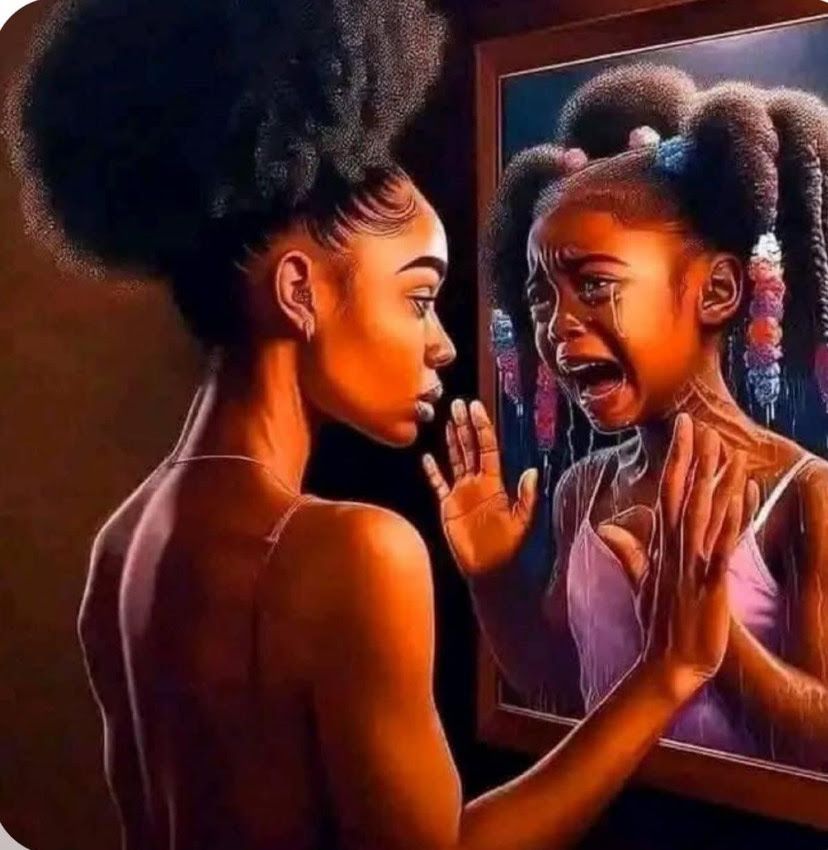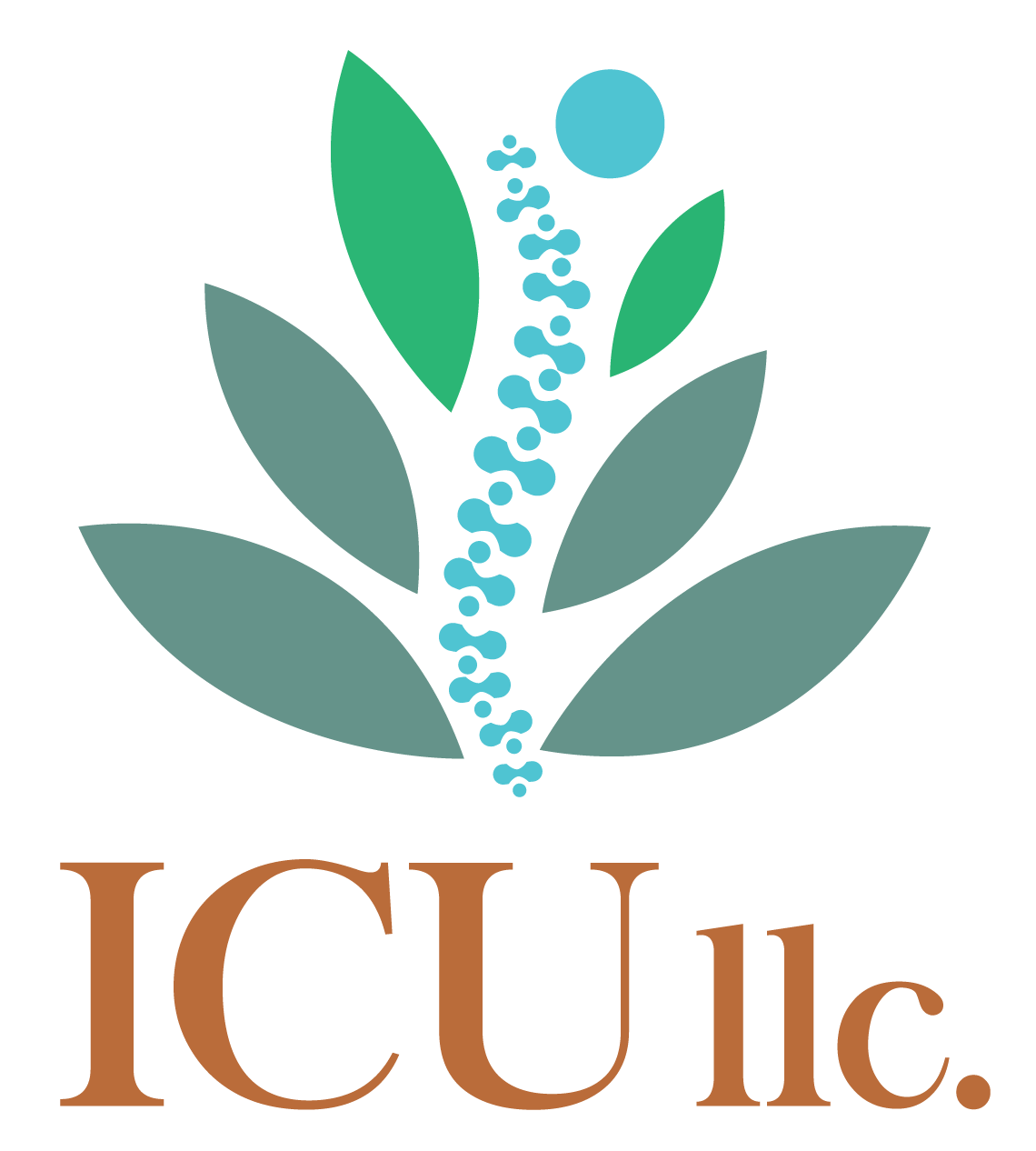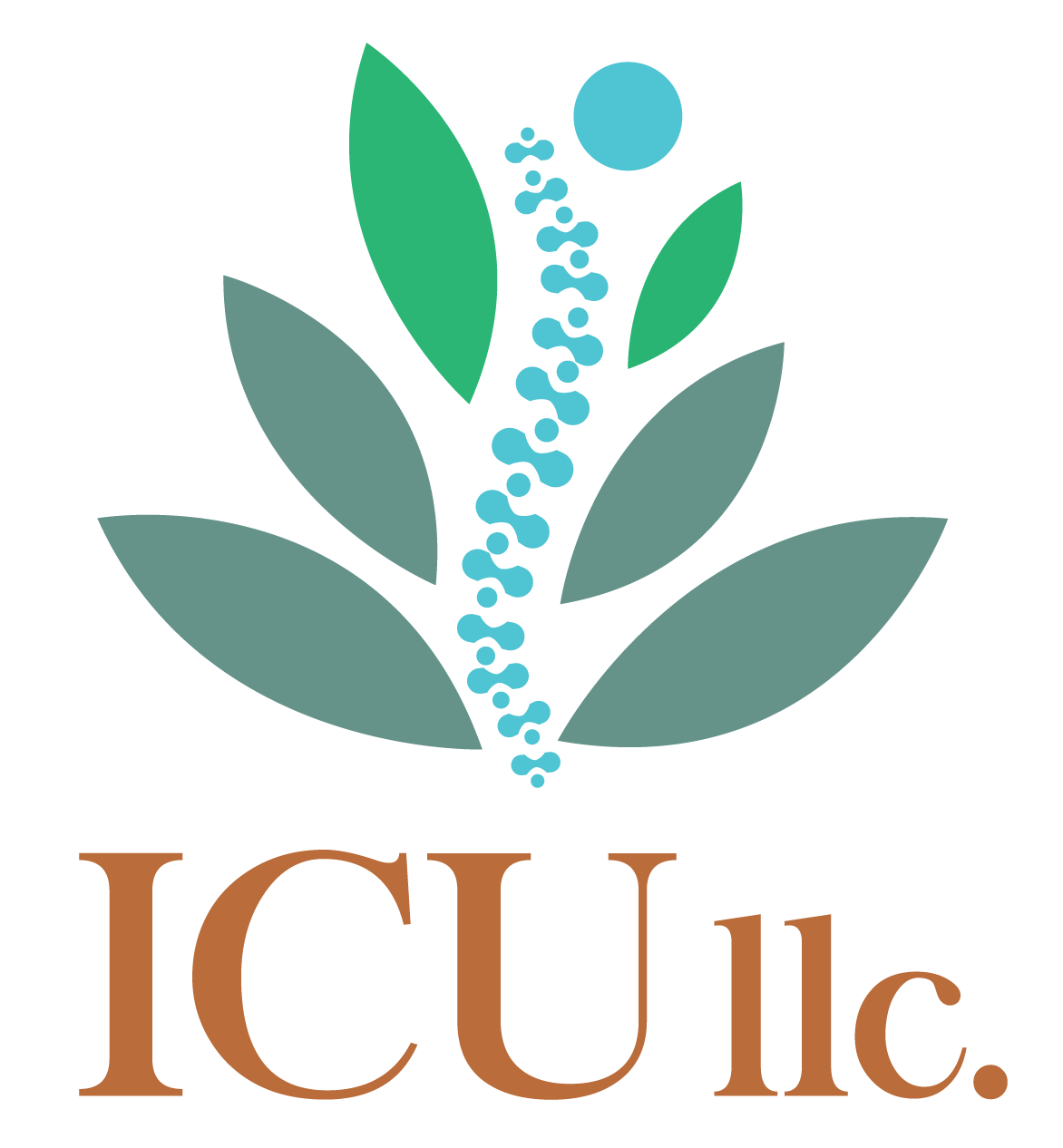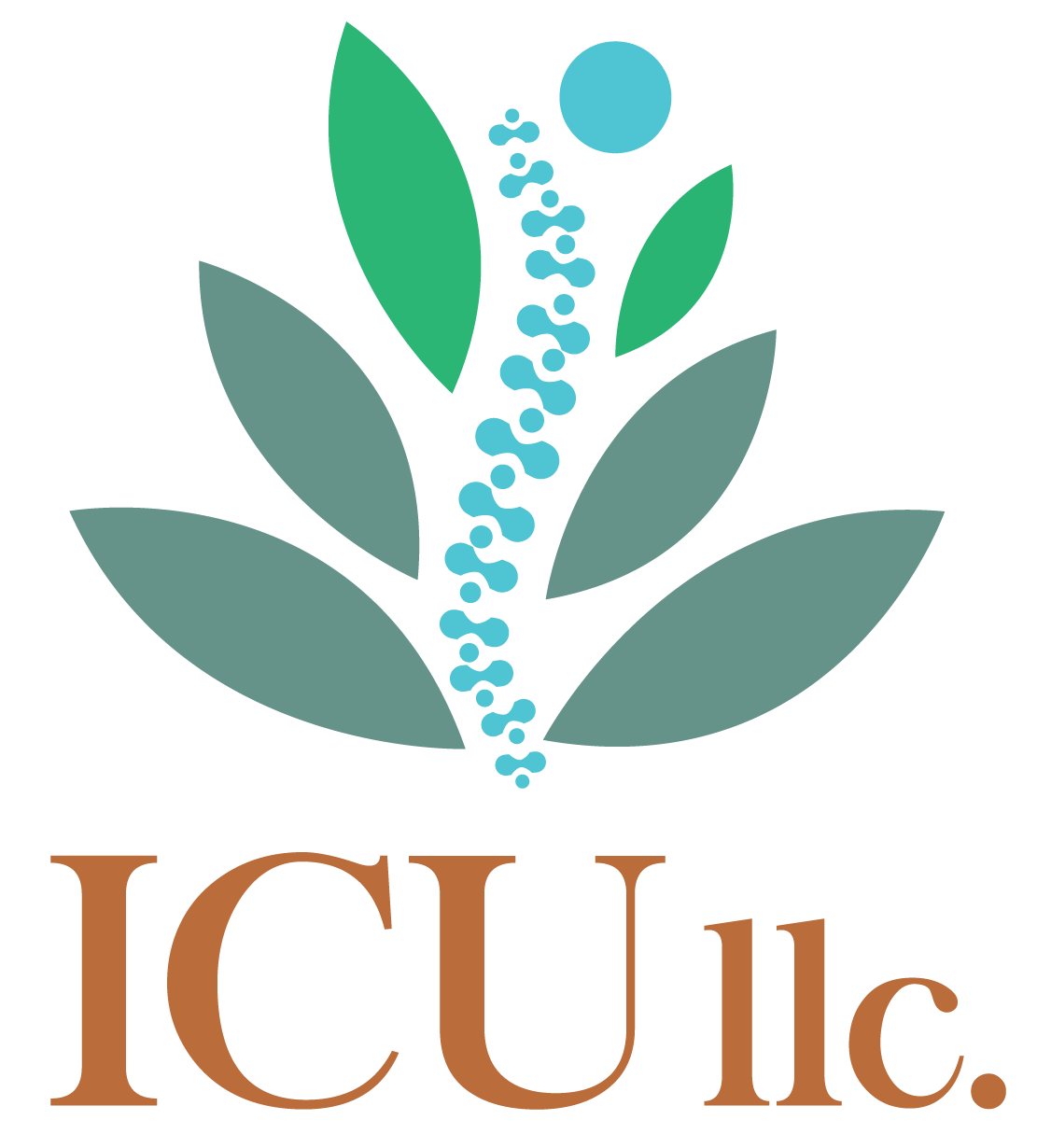The Impact of Trauma on Physical Health
The Impact of Trauma on Physical Health Trauma is a deeply distressing or disturbing experience that can leave lasting effects on a person’s emotional and mental well-being. However, what is often overlooked is how trauma can also manifest in physical health issues. Understanding this connection is crucial for holistic healing and overall wellness.
The Mind-Body Connection
The mind and body are intricately connected. When we experience trauma, whether it’s a one-time event or a prolonged exposure to stress, our body reacts just as strongly as our mind. This reaction is due to the body’s fight-or-flight response, which is designed to protect us in dangerous situations. However, when trauma is unresolved, this response can become chronic, leading to various physical health problems.

How Trauma Affects the Body
1. Chronic Pain: One of the most common physical manifestations of trauma is chronic pain. Conditions such as fibromyalgia, headaches, and back pain are often linked to unresolved emotional trauma. The body holds onto stress, creating tension and pain in muscles and tissues.
2. Digestive Issues: The gut is often referred to as the “second brain” because of its close connection to the nervous system. Trauma can disrupt the digestive system, leading to issues such as irritable bowel syndrome (IBS), bloating, and other gastrointestinal problems.
3. Cardiovascular Problems: Prolonged stress from trauma can have a significant impact on heart health. People who have experienced trauma may be at a higher risk for hypertension, heart disease, and stroke due to the constant activation of the stress response.
4. Immune System Suppression: Trauma can weaken the immune system, making the body more susceptible to infections and illnesses. Chronic stress and unresolved trauma can lead to inflammation in the body, which is the root cause of many chronic diseases.
5. Sleep Disorders: Trauma can severely disrupt sleep patterns, leading to insomnia, nightmares, or restless sleep. Poor sleep can, in turn, exacerbate other physical health issues, creating a cycle that is difficult to break.
Healing from Trauma
Healing from trauma requires a holistic approach that addresses both the mind and the body.
Here are a few ways to begin the healing process:
• Therapy: Working with a therapist, particularly one who specializes in trauma, can help you process and resolve traumatic experiences. Modalities such as EMDR (Eye Movement Desensitization and Reprocessing) and somatic therapy can be particularly effective.
• Bodywork: Massage therapy, cranial sacral therapy, and other forms of bodywork can help release the physical tension held in the body. These therapies allow the body to let go of stored stress, promoting relaxation and healing.
• Mindfulness and Meditation: Practices like mindfulness and meditation can help calm the nervous system and bring the body out of a constant state of stress. These practices teach you how to stay present and reduce the impact of trauma on your daily life.
• Exercise: Physical activity is a powerful way to release stress and tension from the body. Regular exercise can improve your mood, boost your immune system, and reduce the risk of developing trauma-related physical health issues.
Conclusion
Trauma is not just an emotional or psychological issue—it can have profound effects on our physical health as well. Recognizing the connection between trauma and the body is the first step toward healing. By taking a holistic approach that addresses both the mind and body, we can work towards releasing the hold that trauma has on our health and move forward towards a life of wellness and balance.



Get my posts directly to your inbox
Contact Us
We will get back to you as soon as possible.
Please try again later.


